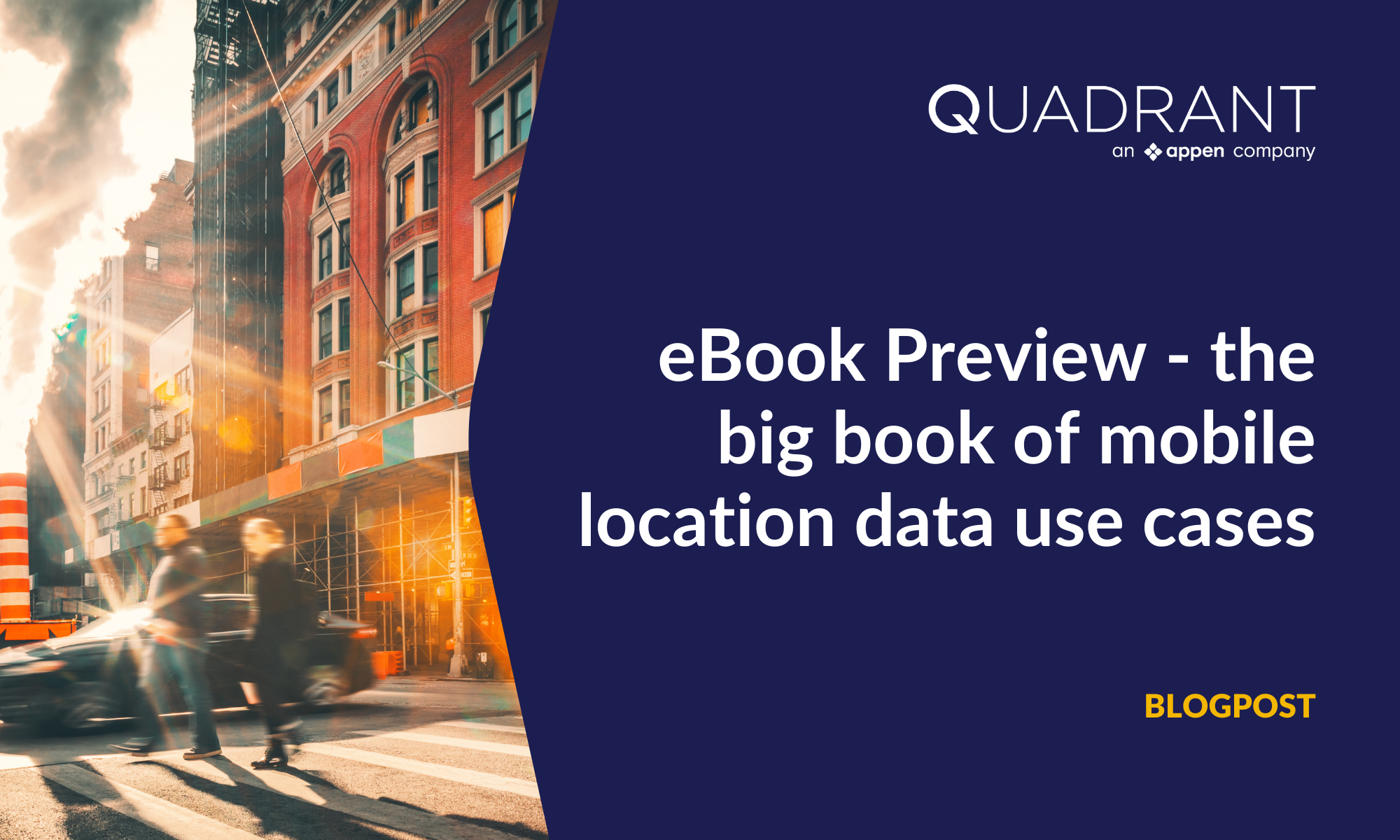To increase operational efficiency and maintain a profitable business model, businesses must gauge the performance of various processes and identify focal points that require change and strategic innovation. Business leaders must also develop a firm understanding of consumers and prospects, at scale, so that they can create effective marketing campaigns with broad appeal. Mobile location data is a powerful tool that helps companies achieve these objectives across business verticals by providing meaningful, actionable insights.
Marketing functions benefit greatly from the utilisation of mobility data. Many retail brands employ geo-targeting (sending messages or push notifications to prospects once they are within a certain range of stores) to increase traffic to their outlets. Companies also make use of historical location data to develop more tailored advertising campaigns based on results from past campaigns to maximise the ROI on their marketing spend. Location intelligence does wonders for Out-of-Home (OOH) marketing campaigns as well. In addition to allowing businesses to determine the performance of such initiatives, location data is also used to identify sites with the greatest potential exposure for such outreach and can also be used to bolster a company’s digital marketing strategy.
Retail businesses leverage mobile location data for competitive analysis. Using movement data retailers can assess how their competitors are performing and build strategies to outdo them. By monitoring mobility data patterns, retail businesses can discern the footfall at their own and competing stores. Footfall analysis is used to establish relative popularity, peak hours, and more. Retailers can also combine location data with historical transaction data to predict sales performance. In combination with POI data, mobility data is also used by brands to highlight underserved areas and emerging neighbourhoods for expansion plans.
Academic researchers and businesses in the urban planning sector frequently leverage location intelligence to shed light on the usage of public spaces to uncover hotspots that can benefit from more resources. Researchers and urban mobility intelligence companies use mobile location data to create Origin-Destination (OD) matrices – visual tools that depict large scale trends in population movement. They combine this information with data on the distribution and usage of public transportation to suggest improvements to public transport services.
Real-estate firms with an online presence utilise mobile location and POI data to make their platforms more user-friendly. Information from location intelligence adds depth to digital real-estate platforms and allows home-seekers to search for properties in line with vital considerations. The holistic nature of such property websites that offer a wider search criterion is what enhances user experience.
Governments harness location data to assess how public spaces are being used and to employ a data-driven approach towards improving urban infrastructure. Governments also use mobility data to identify roads where high volumes of traffic and speeding are causing issues and implement changes to address these problems. Mobile location data is also used to determine the effectiveness of these changes.
Mobility data has vital applications in the realm of public health. With the onset of an infectious disease, it is extremely important to be able to track the movements of people between different areas. Public health authorities analyse mobility data (in addition to information on the spread of the infection) to enforce travel restrictions. Afterwards, they monitor public compliance with such measures using the same data type. Location intelligence also plays a key role in disaster management. After events that result in large-scale population displacements (natural disasters or armed conflicts) occur, governments and NGOs can use mobile location data to quickly identify displaced groups and make them the target of relevant relief operations.





